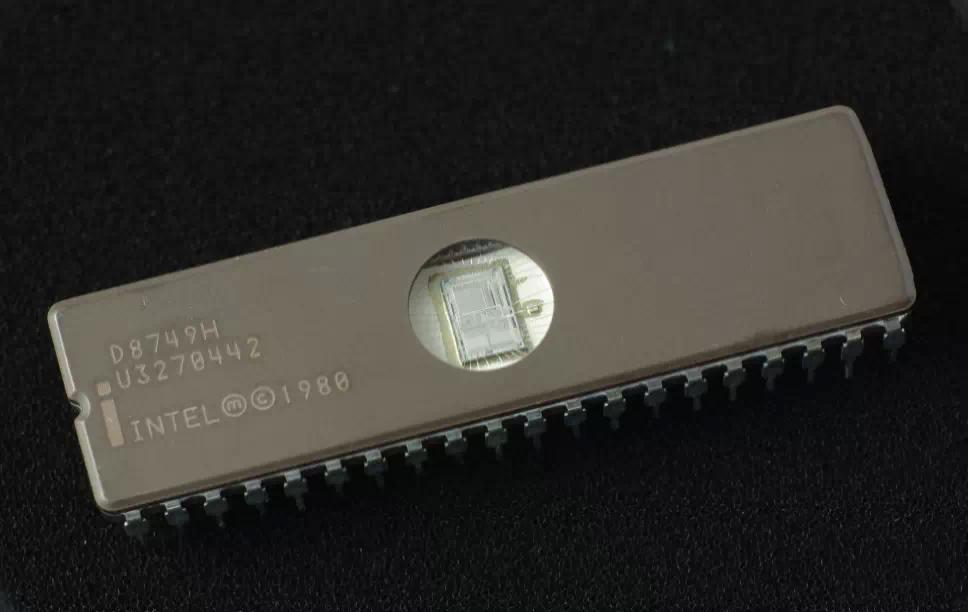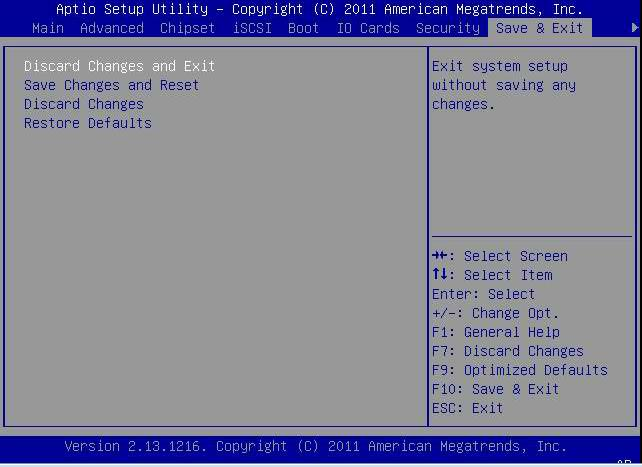# # List of PCI ID's # # Version: 2015.02.09 # Date: 2015-02-09 03:15:01 # # Maintained by Martin Mares and other volunteers from the # PCI ID Project at http://pci. Freeing unused kernel memory: 120k freed Adding Swap: 594364k swap-space (priority -1) EXT3 FS 2.4-0.9.19, 19 August 2002 on ide0(3,6), internal journal Via 686a/8233/8235 audio driver 1.9.1-ac2 via82cxxx: Six channel audio available PCI: Setting latency timer of device 00:11.5 to 64 ac97codec: AC97 Audio codec, id: ICE17 (ICE1232) via82cxxx.
Now you need another simple but important step to accomplish recovering password with 'Windows Password Rescuer' or 'Windows 7 Password Rescuer'.

There are about two options to boot your computer from USB flash drive, Pen Drive or other USB device.
Method 1. Boot your computer from USB via Boot Menu.
This is the easiest way to boot computer from USB without changing any BIOS settings of your computer.
American Megatrends Via Vt8633/8233 Driver License
Step 1. Plug a bootable USB into your computer.
Step 2. Power on the computer and press 'Boot menu entry key' as soon as possible to open 'Boot Menu'.

Please find out your key from the following list including laptops and desktops of Dell, HP, Acer, Toshiba, Samsung, Lenovo, Thinkpad, Sony, Msi, Fujitsu, Asus etc.
Step 2. Press up/down key to highlight USB HDD option(it offen shows your USB drive name), press Enter key to select it. Then the computer will boot from USB device automatically.
Method 2. Boot your computer from USB by changing devices boot order in BIOS SETUP.
If you cannot find out the 'Boot Menu entry key' of your computer, you can change device boot order in BIOS SETUP to boot from USB. Here we take American Megatrends BIOS Setup Utility for example to show you how to set your computer to boot from USB flash drive via changing the PC devices boot order in BIOS SETUP.
However, there are some differences such as Entry Key and menu options in various BIOS model of computer because it depend on your Computer Mainboard and devices. Take it easy, the key steps on any BIOS SETUP are similar.
Key steps:
1. Press BIOS Entry Key(F2/DELETE/Other) to access BIOS setup utility.
2. Find out boot option and get into it.
3. Find out the Boot Priority/Boot Sequence and select USB Hard Disk as the first boot device.
Now insert a bootable USB to your computer:
Step 1: Press F2/Delete (BIOS Entry Key) as soon as you can while your PC reboots until the BIOS SETUP screen appears.
Step 2: Looking for a tab relating to booting in the BIOS SETUP screen, it is called 'Boot' in this example. You can use ←/→ key to select and open it. You'll see a submenu that's specific to the PC Drive boots sequence, select and open Boot Device Priority item.
Step 3: Then use ↓/↑key to highlight 'Hard Disk Drives', hit 'Enter'.
Step 4: Use ↓/↑key to select '1st Drive', hit 'Enter' key.
Step 5: Press arrow key to select 'USB: your USB brand', and then press '+ or -' key to move the USB Flash drive as the first bootable option.

American Megatrends Via Vt8633/8233 Drivers

6. Then you can see USB Flash Drive is the first boot device.
7. When you done the setting, press 'F10' to save and exit. Select 'OK' and press 'Enter' key, then the computer will reboot and boot from USB Flash Drive (your Windows password recovery disk).
BOIS Entry Key:
| Manufacturer | Model | BIOS Entry key |
|---|---|---|
| HP | HP and Compaq Desktop PCs (Built in 2006 or later (came with Vista or Windows 7)) | F10 |
| HP | HP and Compaq Desktop PCs (Built before 2006 (XP or earlier) ) | F1 |
| HP | HP Notebook PCs | F10 |
| DELL | Dell Inspiron, Dell Dimension, Dell Precision, Dell Optiplex, Dell Vostro Dell XPS | F2 |
| DELL | Dell Latitude | Fn+F1 |
| Acer | Aspire, Power, Veriton, Extensa, Ferrari, TravelMate, Altos | DEL or F2 |
| Gateway | DX, FX, One, GM, GT, GX, Profile, Astro | F1 |
| Gateway | Older model | F2 |
| Lenovo | Lenovo | F2 |
| Fujitsu,NEC, Sharp | Fujitsu,NEC, Sharp | F2 |
| Toshiba | Portégé, Satellite, Tecra, Equium | F1 or ESC |
| Toshiba | Toshiba Equium | F12 |
| Shuttle | Glamor G-Series, D'vo, Prima P2-Series, Workstation, X Mini XPC, Surveillance | F1 or DEL |
| Phoenix | Phoenix BIOS | F2 |
| AMD® (Advanced Micro Devices, Inc.) | AMD® (Advanced Micro Devices, Inc.) BIOS | F1 |
| Award | Award BIOS | DEL |
| AMI (American Megatrends, Inc.) | AMI (American Megatrends, Inc.) BIOS | DEL |
